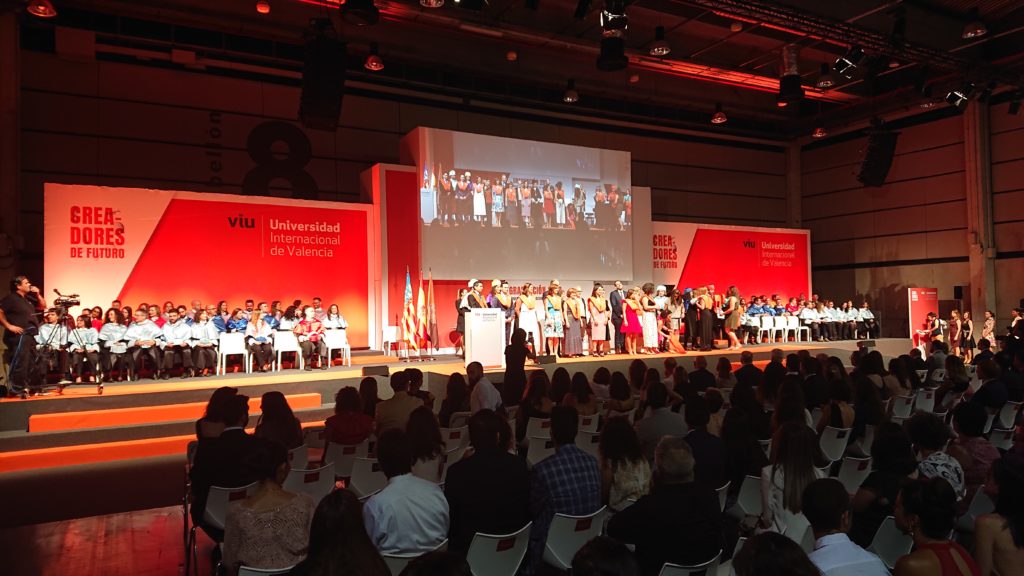Organizing an event is a complex task that requires various steps to be followed to achieve the objectives and achieve the best results. It requires creativity, teamwork, organizational skills, and openness to the incorporation of new technologies that allow a greater range of possibilities to be created. In this article, we are going to tell you everything about an event step-by-step, from the idea to the implementation.
The phases in the organization of an event
Regardless of the type of event you want to organize, there are certain phases that must be followed so that everything works properly. Let's see what these phases are and why they are important in organizing an event.
First phase
The first phase is always marked by the client and refers to the approach of the objective of the event, considering the target that is expected to attend it, its particularities, as well as the budget assigned to the day. Once all these aspects have been identified, you can have more tools to configure the planning more effectively.
In other words, knowing both the type of audience for the event and its particularities, as well as the budget available for the event, it will be possible to establish the strategy to follow. This should focus on using this information to achieve the objectives of the event, optimize the budget and meet the needs and expectations of the public.
Second phase
Once it is clear who will attend the event, what is being sought with it and the strategy to follow, the second phase begins. This consists of developing the creative idea around the event.
The creative idea of the event must be aligned with the image of the brand, while it must provide an answer to the question of how to make the event achieve the objectives set, while being innovative. Based on these considerations, appropriate decisions can be made regarding the format of the event, its duration, its location, or its program, among other things. It is essential that the event be uniform in terms of its image, making it easy for guests to identify the brand, its identity, and its personality.
Third phase
The third phase refers to the retro-timing of steps necessary to carry out the event. Retro-timing is a fundamental aid in the management of an event, being a document that is used to prevent details from being lost and moments of the day left to chance. What it is about is organizing the times of the event and the different activities or exhibitions that will take place in it, so that everything is well planned.
Fourth phase
What is going to be done during the fourth phase in the organization of an event is to measure the human resources that will be necessary for its adequate realization. The people who will be part of the team must be chosen, identifying what type of profiles will be necessary for the different tasks to be carried out. Then, functions and tasks will be established for each one established in time and in form.
Fifth phase
Throughout the fifth phase, it is time to organize the necessary resources through contact and negotiation with suppliers. The planning of their own productions will also be considered, to guarantee that the event has everything necessary to satisfy the public.
Sixth phase
The sixth phase is related to logistics. This is one of the fundamentals in an event. It oversees organizing the transfer of people from the arrival points to the place of the event, as well as the transfer of the materials and products necessary for the day. Logistics must be planned and carried out in advance and carefully so that the organization of the event is effective.
Seventh phase
Before any event, it is necessary to do a preliminary review. This is the one that will allow verifying that everything is being carried out correctly and will allow a new instance of control in case something does not work. It is the phase in which the functions of the team must be reviewed, verify the details of the assembly of the event, check that the suppliers are working as planned, among other things.
Eighth phase
Finally, the eighth phase is the one that takes place after the event. What it is about is to make a review of what was the result of the event, what were the sensations of the guests, how the previous planning worked. Furthermore, it is important to see at this stage, if the event has achieved the objectives planned in the first phase.
It is from this phase that we seek to take note of those problems or faults that may have appeared, as well as the strengths of the event. Thus, there will be detailed information to be taken into consideration for the next organization.
Conclusion
Following the steps of each phase is key for the organization of an event to be implemented effectively, but, in addition, another aspect must be considered: creativity must be present in all phases of the organization of an event. From the original idea to the logistics and the way of working as a team and even in the negotiation with suppliers. This will allow the event to be differential.






